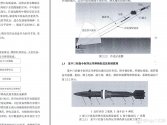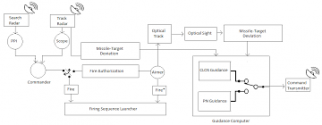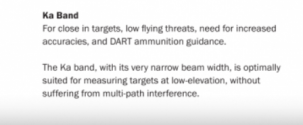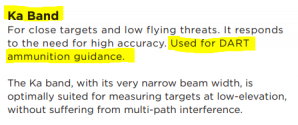You misread the brochure and how CLOS works.
This is what the brochure says.
View attachment 83981
There is no guidance beam. CLOS isn't Semi Active Radar Homing or SARH. You spent an entire post talking CLOS like it works as a SARH beam when its not.
Read what CLOS is and how it works.
==
Command guidance is a type of
in which a ground station or aircraft relay signals to a
via
or through
and tell the missile where to steer in order to intercept its target. This control may also command the missile to detonate, even if the missile itself has a
.
==
You are not using the Ka band as a relay or radio control signal to the missile. The brochure is saying the FCR uses its Ka Band to engage and track the target and with its increased accuracy and anti-clutter, use the tracking information for DART ammunition guidance. A separate radio signal is used to send flight commands to the shell.
I am asking where the control antenna station is. Its not a radar per se its a radio communication antenna that needs to be
pointed where the shells are at flight. Its like a simple datalink to the shell. It is the radio link used to steer the shell.
Its clear that the transmission antenna for the commands is not on the NA-25 or STIR.
As for a dual band FCR, this has nothing to do with the antenna using both bands simultaneously. It means the solid state transmitter is capable of emitting both X and Ka bands but it doesn't mean both at the same time. There is still only one antenna and only one band is used on one time with the radar switching to one or the other. Its fairly common for late model FCRs to have K-band nowadays for the increased resolution and anti sea clutter, even the Type 347G appears to have so.





